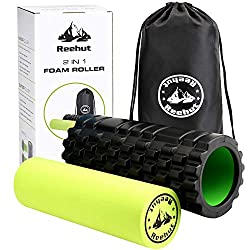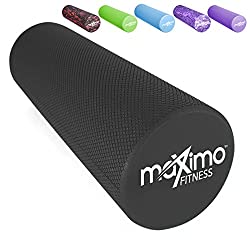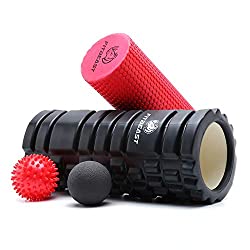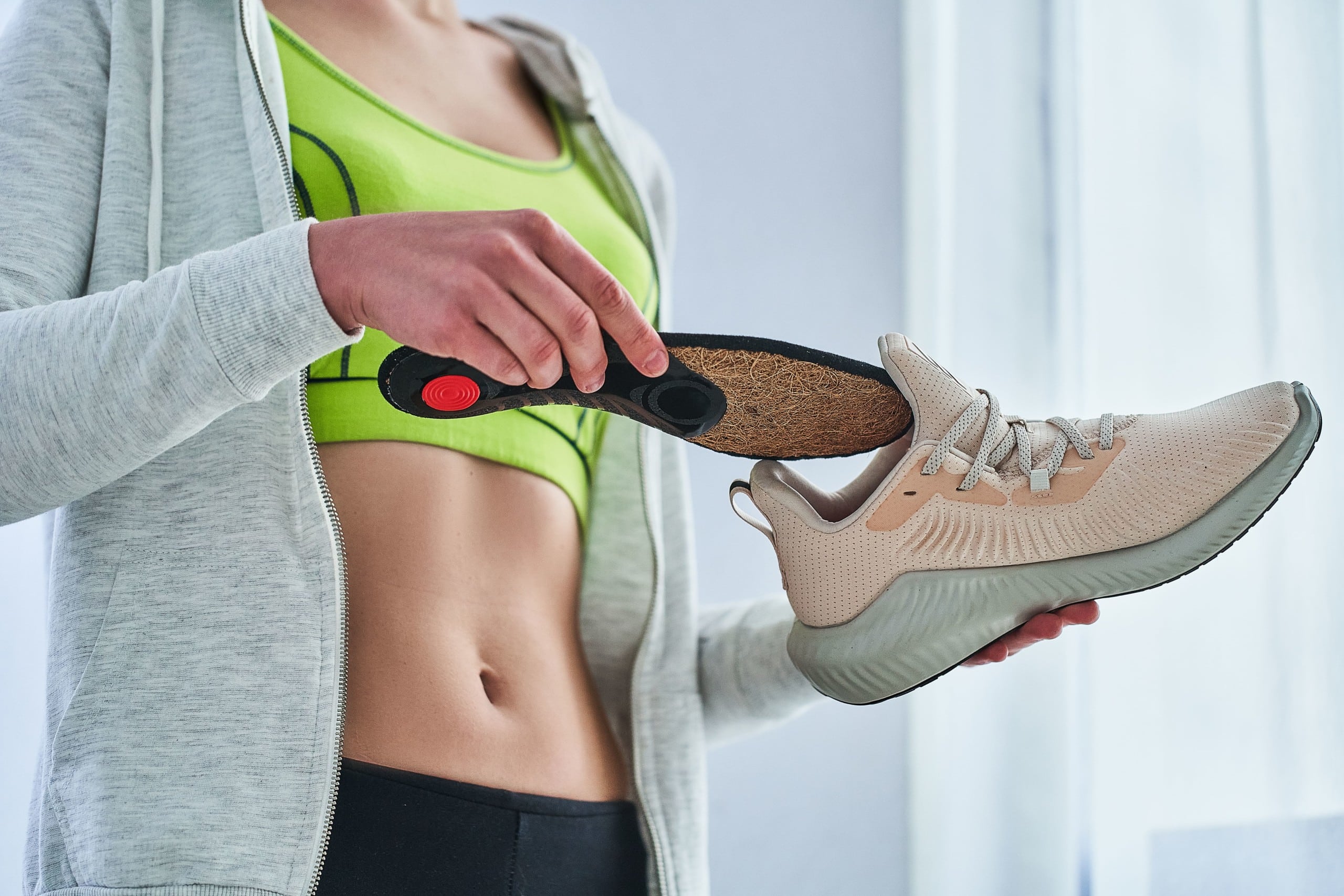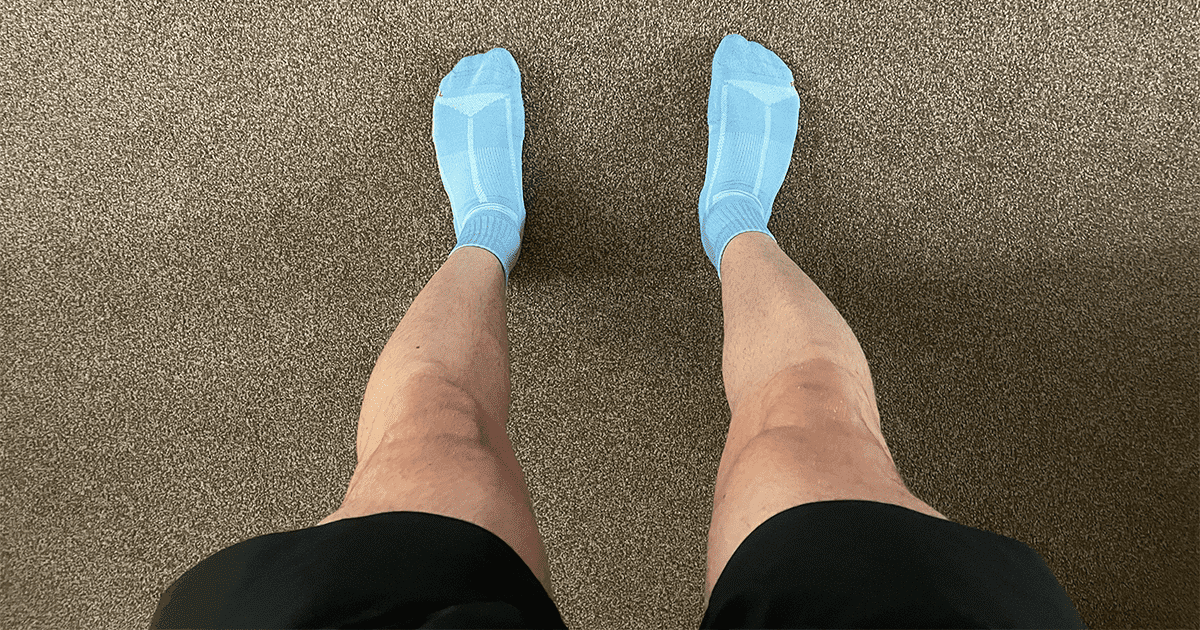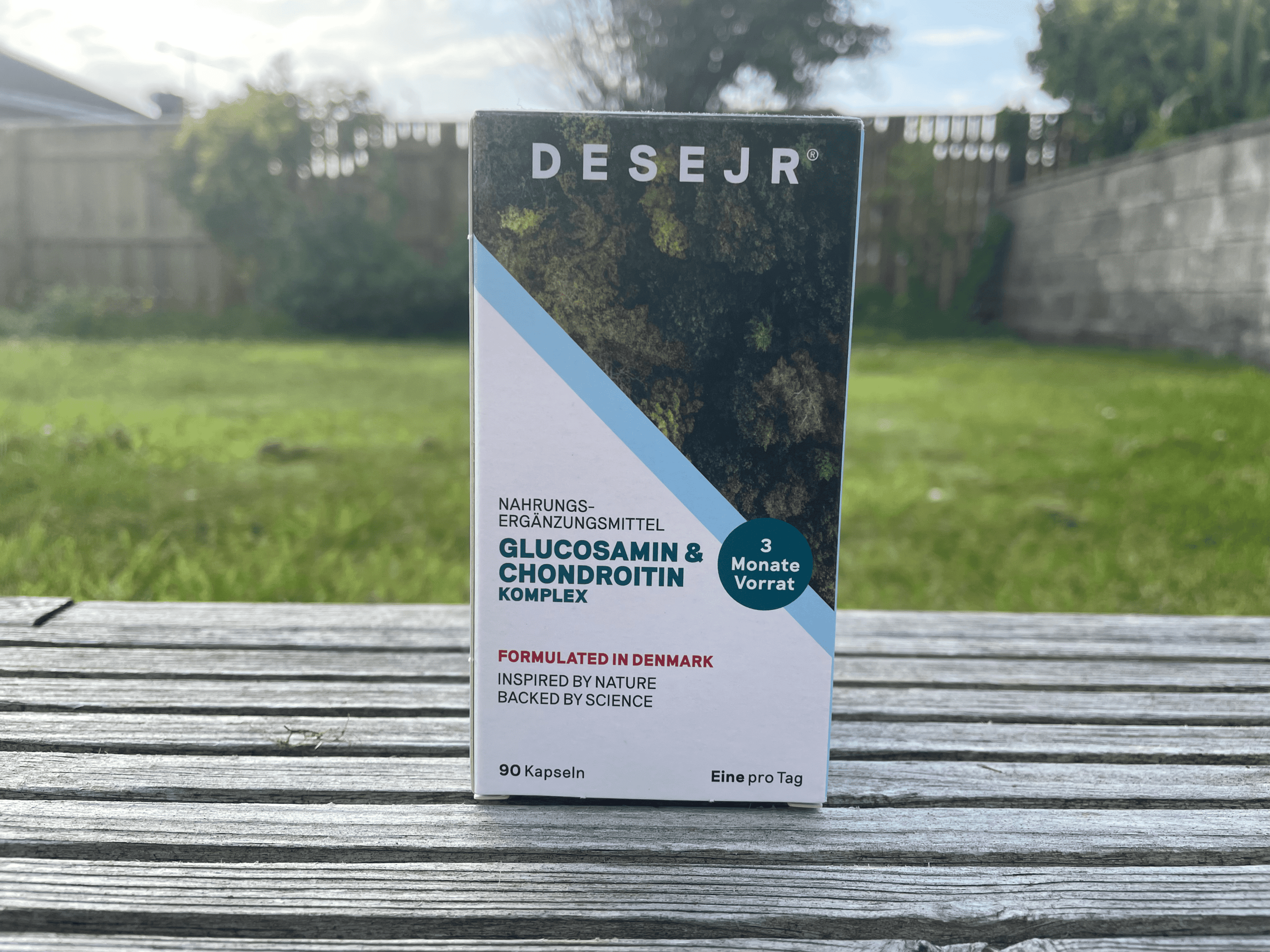Foam rolling for runners: A basic guide
Painful yet extremely beneficial – here’s our basic guide to foam rolling for runners.
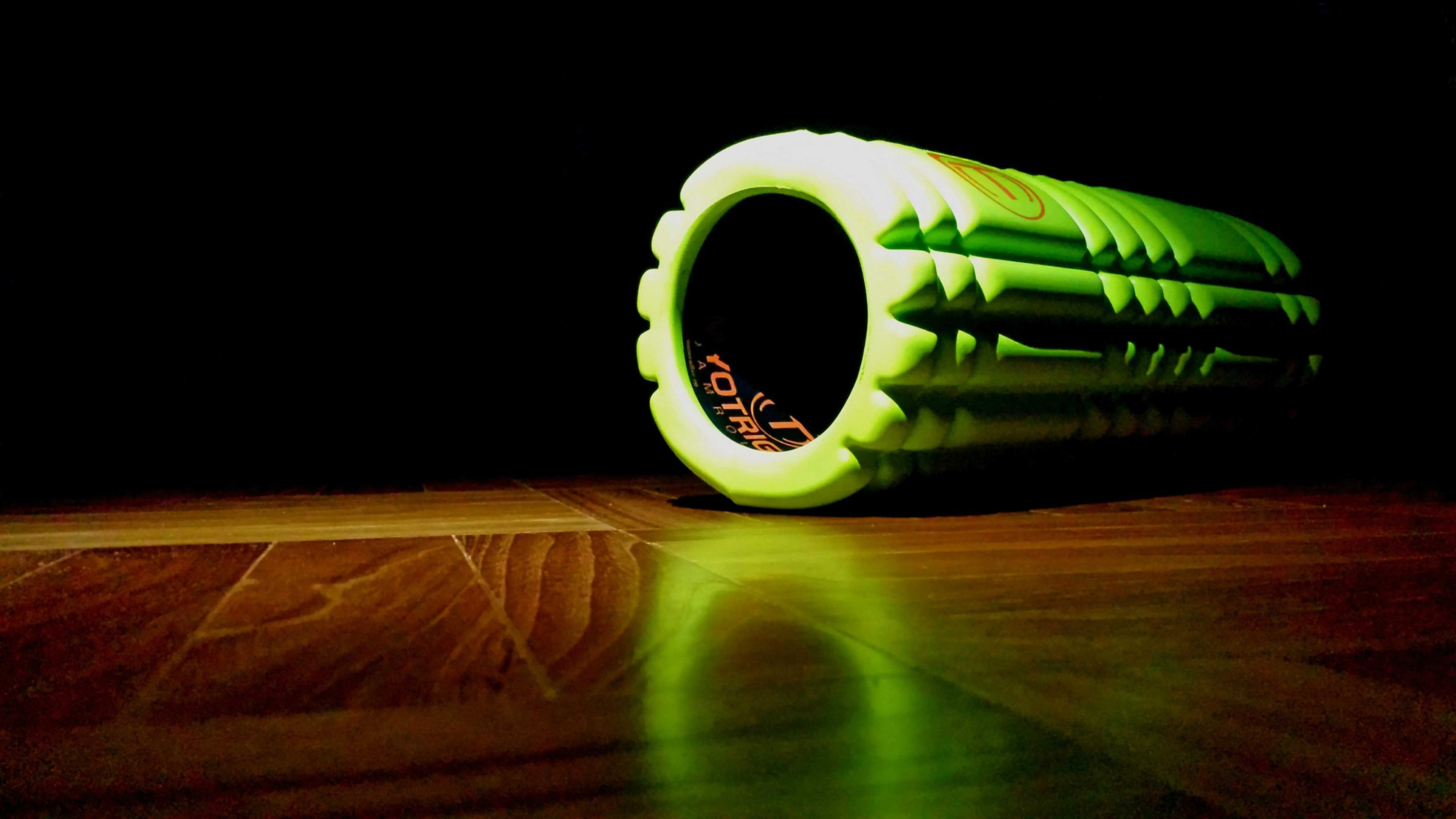
Foam rolling is a form of myofascial release used to reduce muscle soreness, decrease your risk of injury, and improve your mobility – making you a more efficient and injury-free runner. Foam rolling can be done before exercise or running, after running, or at any time of the day to reap the many benefits.
This article will discuss foam rolling for runners, the benefits, a basic set of instructions to get started, a couple of video resources, and a few foam roller suggestions.
Related blog post: 10 Best affordable beginner running products.
What are the benefits of foam rolling for runners?
Using a foam or massage roller provides several benefits, however, generally contributes to becoming a better overall athlete and runner.
With this being said, the benefits of regular foam rolling for runners includes:
- Reduced muscle soreness
- Reduced risk of injury
- Foam rolling will improve your mobility
Each of these foam rolling/massage roller benefits will now be explained in more detail below:
1. Reduced muscle soreness
Foam rolling increases the blood flow to the working muscles. After a hard run or workout, our muscles fill with lactic acid. Increasing the blood flow to our muscles flushes out this lactic acid by bringing more oxygen to the muscles to speed up running recovery and reduce muscle soreness.
Regular foam rolling alongside a consistent stretching routine should, in theory, speed up your recovery between sessions. While it may hurt towards the beginning you’ll soon get used to it, helping you on your way to becoming a better runner, all while reducing your risk of injury.
2. Reduced risk of injury
Foam rolling after a run or workout decreases your recovery time, essential for hitting your next run or session hard. Secondly, foam rolling a weak/injured muscle before a run or workout activates this muscle and ensures it does not work too hard. This is great for evening out muscular imbalances while protecting yourself from further injury.
This is especially great if you’re just returning from an injury, whether a calf strain or hamstring tear, foam rolling should do the trick. However, ensure to take it slow while paying great attention to your body – any unusual pain and you should stop.
3. Foam rolling will improve your mobility
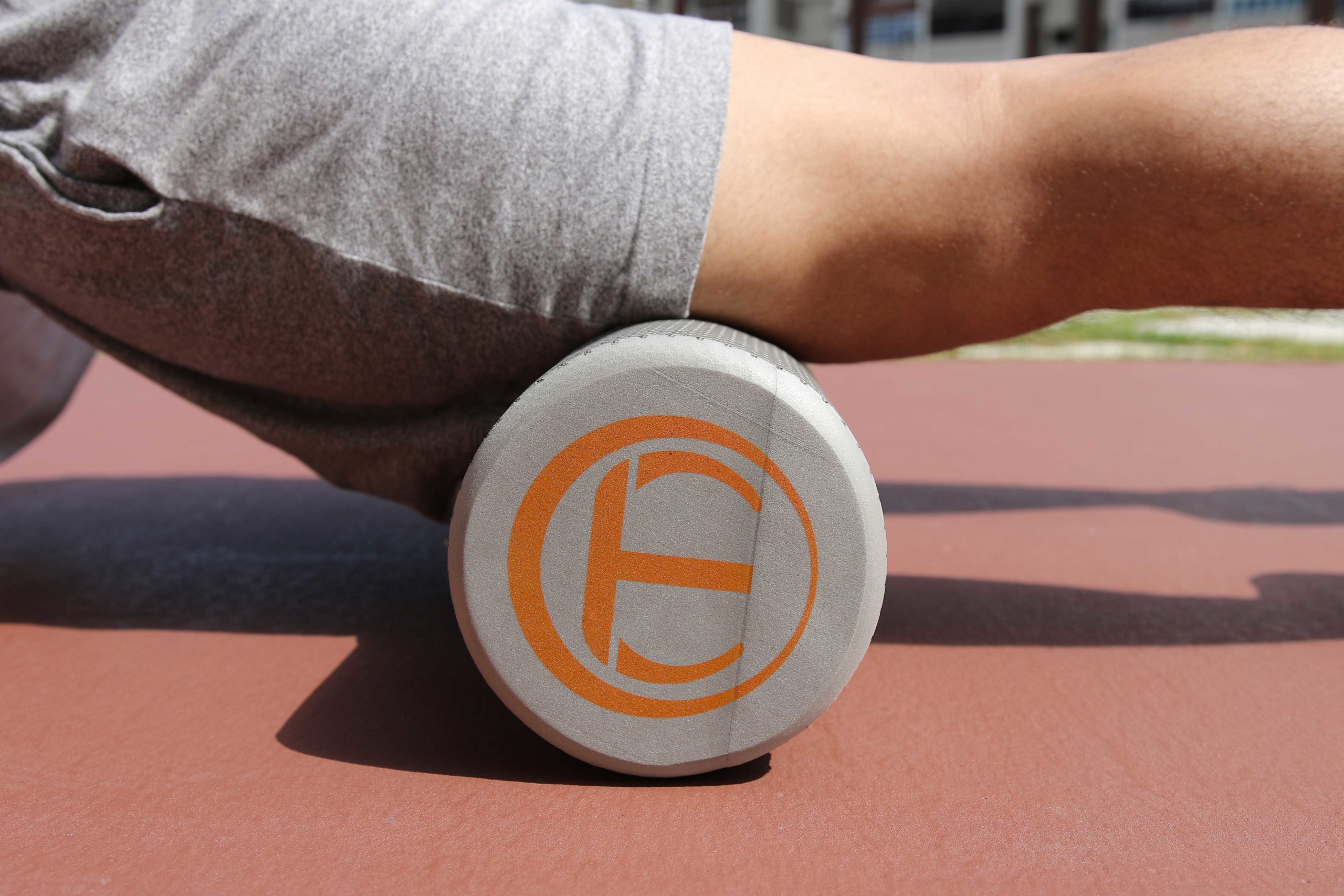
Improving your mobility as a runner will increase your overall running efficiency. Foam rolling helps loosen tight areas such as the hips, quads, and glutes. Foam rolling directly before your run will improve your running efficiency for that run, allowing you to run faster while expending less energy.
Likewise, improved mobility contributes to becoming an all-around better athlete. This helps your strength training performance, allowing you to perform exercises in the required full range of motion.
Basic foam rolling exercises for beginner runners
We have gathered together four basic foam rolling exercises for beginners. These are designed to complement your running while reducing your risk of injury, improving your mobility, and reducing muscle soreness – allowing you to recover quicker after each run or workout.
1. Hip flexors
Sitting at a desk all day is a common cause of tight hip flexors. Tight hip flexors often lead to injury and other muscular imabalances.
How to foam roll tight hip flexors:
- Position yourself in a plank position
- Place the foam roller towards the top of your thighs
- Roll backwards on your forearms with the foam roller to target your tight hip flexors
- This can be done with both or one leg at a time
2. Upper back
Although lower back pain is a common problem, foam rolling your lower back may actually cause more damage than good. However, we can foam roll our upper back.
How to foam roll your upper back:
- Position the foam roller beneath your shoulder blades
- Bend your knees and position your hands behind your head for a full stretch
- Lean back onto the foam roller and slowly roll back and forth
- Stop on tight areas to reduce back pain
- Repeat
3. Glutes
Our glutes (buttocks) also become tight from sitting down, and also through running. Reducing tightness in the glutes will reduce your risk of injury and improve your running performance.
How to foam roll tight glutes:
- Bend your knees and cross one leg over the other at the knee
- Sit on the foam roller on the side which is crossed over
- Roll up and down the glute muscle pausing on any tight spots
- Repeat
4. Calves
Tight calves often lead to muscular imbalances while increasing your risk of injury. Tight calves after running are common. Therefore, be sure to perform static calf stretches after running and foam roll a couple of times a day.
How to roll tight calves:
- Lie down with your back flat on a mat
- Lift yourself up on your hands placed directly below your shoulders
- Place the foam roller under your calves
- Roll up and down your calves to reduce tightness
- This can be done with both or one leg at a time
If you continue to get tight calves after running, consider implementing a more thorough warmup including dynamic stretching and strides.
A few useful videos about foam rolling:
Video credit: Coach David Roache
Coach David Roache outlines the very basics of foam rolling for runners, addressing some key areas you should focus on. As David recommends, ten-minutes of foam rolling a day is plenty – reducing muscle tightness and keeping injury at bay.
Video credit: The Run Experience
Another great video on foam rolling is from the run experience. This video explains the very basics alongside a few great exercises for you to try at home, alongside those included in this article.
What is the best foam roller to use?
Now that we know how to foam roll, you likely want to know what the best foam roller is? Foam rollers actually come in many different sizes, textures, and varying firmness. Therefore, we have listed some of our favourite foam rollers below for you to take a look at:
This post contains links to amazon. As an amazon associate, we will earn a small percentage on qualifying purchases. Find out more here.
1. Reehut 2 in 1 foam roller
Key features:
- Textured design to target tight muscle tissue
- 2 in 1 design (soft foam roller & a medium hardness foam roller)
- Free carry case included
This foam roller from Reehut comes with a regular medium firmness massage roller and a slightly smaller soft foam roller. The soft foam roller is great for warm-ups before runs or workouts while also ideal for those suffering from shin splints due to the slightly softer nature of the roller.
2. Maximo fitness foam roller
Key features:
- 15 x 45 cm
- Choice of six. colours
- Lightweight and versatile, ideal for taking to the gym or to the track
- Instructions included
Unlike the above foam roller from Reehut, this roller is a medium-density roller – a little more forgiving than others. Using a medium density foam roller is great for those who suffer extreme muscle tightness, whether you get tight calves after running, shin pain, or a tight IT band, it’s never a bad idea to have one of these lying around.
3. FitBeast beginner foam roller set
Key features:
- Includes two free massage balls
- Comes with two different massage rollers
- Additional massage balls to work small areas, including shoulders, groin, and feet
This foam roller set from FitBeast is perfect for beginners. Coming with a regular density foam roller, a softer roller, and two massage balls you can’t really ask for much more.
4. Maximo long foam roller for runners
Key features:
- 90cm x 15 cm in length
- Available in three different colours
- Medium firmness – ideal for a great massage without causing discomfort
Finally, this long foam roller from Maximo is the perfect piece of kit for a full body massage. This massage roller also comes with basic instructions and exercises to get you started – a great investment in your health and mobility.
The bottom line
No matter how seriously you take your running and training, foam rolling is a must-have exercise to include in your arsenal. Regular foam rolling will reduce your risk of injury, improve your mobility, and reduce muscle soreness. To begin with, we suggest starting off with ten-minutes of foam rolling three times a week, slowly building this up to a more regular schedule if you so choose.
is foam rolling good for runners?
Yes! Regular foam rolling will reduce muscle soreness, reduce your risk of injury, improve your mobility and so much more!
How often should a runner foam roll?
We recommend beginning foam rolling three times a week ten-minutes at a time.
Should you foam roll every day?
If you can, foam rolling every day may further increase the many benefits. However, many choose to foam roll slightly less due to time constraints.
Does the hurt from foam rolling ever stop?
If you've got muscle soreness you're going to feel a bit of pain. However, once you reduce the initial tightness it should no longer be as painful as the beginning. Nevertheless, as long as you keep pushing yourself and breaking down your muscles foam rolling will hurt... a little.
Should I foam roll before a run?
Foam rolling before a run will warm up your muscles, improving performance and reducing your risk of picking up an injury.
Is it bad to foam roll too much?
Yes, there is a thing as too much foam rolling! Instead, stick to a regular routine of ten to fifteen minutes a day. Spend no matter than one to two minutes on each muscle group.

Matthew is a lifelong runner, chief tester of all products, the founder of Running101, and freelance content writer for active brands. When he’s not writing, he enjoys lifting weights, cycling in the Lake District, and watching fast cars drive in circles on a Sunday. He also has a BA in sport, exercise and physical activity from the University of Durham.

